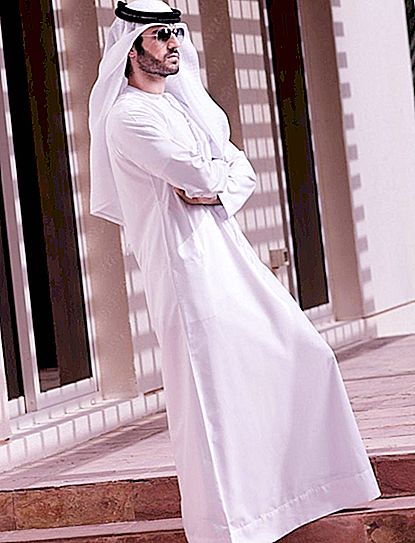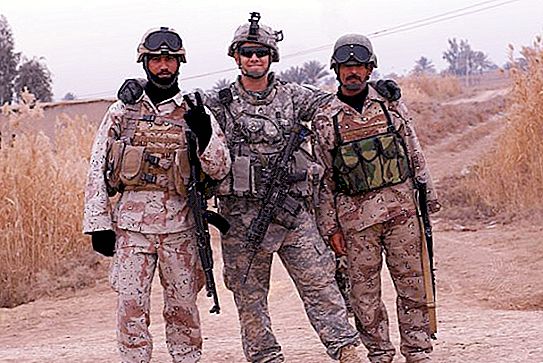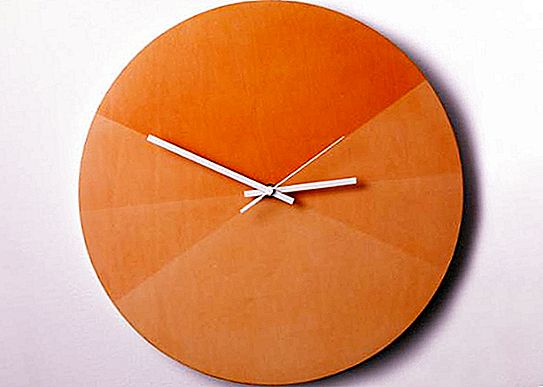In recent years, Muslim outfits have attracted more and more attention. Many people of a different faith believe that some rules regarding Muslim clothing humiliate women. European countries even tried to outlaw some of them. This attitude is mainly due to a misconception about the reasons underlying the principles of wearing clothes among Muslims. In fact, they were born out of a reluctance to attract extra attention and modesty. Muslims are usually not outraged by forced clothing restrictions.
Basic principles of wearing clothes
In Islam, there are instructions about all aspects of life, including decency issues. Although this religion does not have a fixed standard regarding the style or type of clothing to wear, there are some minimum requirements. Muslims are guided by the Qur'an and Hadith (traditions about the words and actions of the Prophet Muhammad).
It should also be noted that the rules relating to Muslim clothing are greatly relaxed when people are at home and with their families.
Clothing requirements
There are certain clothing requirements associated with a Muslim being in a public place. It is discussed in them:
- What parts of the body should be closed. For women, in general, modesty standards require that the entire body be closed except for the face and hands. Moreover, in some, more conservative branches of Islam, they require that the face and / or hands are also covered. For men, the minimum that should be covered with clothing is the body between the navel and the knee.
- Cut. Muslim clothing should be loose enough so that it is impossible to consider the contours of the figure. Tight outfits are not recommended for both men and women.
- Density. Transparent clothing is considered immodest for both sexes. The fabric should be dense enough so that the skin or body contours are not visible.
- General appearance. A person should look dignified and modest. Shiny, flashy clothes can technically meet the above requirements, but do not look modest, so it is not recommended to wear them.
- Imitation of other religions. Islam encourages people to be proud of who they are. Muslims should look like Muslims, and not imitate representatives of other faiths. Women should be proud of their femininity and not dress like men. Men, in turn, should be proud of their masculinity and not try to imitate women in their clothes.
- Preservation of dignity. The Qur'an states that clothing for Muslims, men and women, is intended not only to cover the body, but also to adorn it (Qur'an 7:26). Clothing worn by Muslims should be clean and tidy, neither elaborate nor careless. Do not dress in such a way as to arouse admiration or sympathy for others.

Types of women's clothing
Muslims have women's clothing quite diverse:
- Hijab. Often with the help of this word they designate a generally modest dress. In fact, this refers to a square or rectangular cut of fabric that folds, wraps around the head, and fastens under the chin in the form of a scarf. It can also be called a sheila.
- Himar. A certain type of cape that covers the entire upper half of a woman’s body, down to the waist.
- Abaya In the Arab countries of the Persian Gulf, this is the usual clothes for women, which can be worn over other clothes. Abaya is usually made of black fabric, sometimes decorated with colored embroidery or sequins. This dress is casual with sleeves. It can be combined with a scarf or veil.
- Chadra. This tight-fitting bedspread hides a woman from the top of her head to the ground. Sometimes it is not fixed in front, and is held with hands when worn.
- Jilbab. Used as a general term for a cloak worn by Muslim women in public places. Sometimes this refers to a certain style of cloak, similar to abaya, but featuring a wide variety of fabrics and colors. In this case, only eyes, hands and feet remain open.
- Niqab. A hat that completely hides the face, leaving only the eyes open.
- Burka. This type of bedspread hides the entire body of a woman, including the eyes that hide behind the net.
- Shalvar Kamiz. This type of clothing is a loose-fitting pants that are worn with a long tunic. Both men and women wear them, mainly in India.






